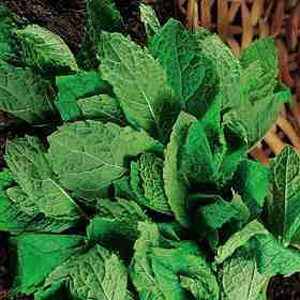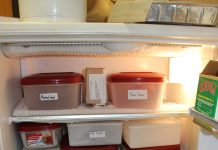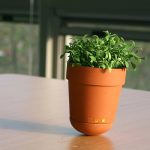Growing your own herb seeds is a fun and fulfilling experience. You will learn how to take care of seedlings, and even be able to use your own herb seeds for use in your kitchen. Not to mention the lovely aroma that will permeate throughout your home!
Herb seeds are easy to grow. Here are a few steps you can follow to have your own little herb garden at home:
1. If you don’t know what type of herbs to grow yet, visit your local botanical or herb garden so you can see the many colorful and lovely-smelling varieties of herb seeds available.
Determine which ones you are most likely able to use for cooking. Popular varieties include parsley, chives, basil, oregano, and sage.
2. If you are just beginning to learn how to grow herb seeds, you don’t need to spend much to yield growth. Plastic seed trays cost just a few dollars at your local convenience store, and some are even ready with soil so all you have to do is just plant the herb seeds.
Make sure that the container you use has holes in the bottom for water drainage, if they don’t, you can simply use an ice pick to make the holes.
Remember that you also probably have some materials at home you can recycle as pots for your herb seeds. Old yogurt or pint-sized ice cream containers make excellent choices for your seedlings.
3. When planting the herb seeds, place them 1-3 times as deep as their size. Pat the surface of the soil to avoid any air pockets, which will cause the seeds to drop to the bottom, unable to reach sunlight and potentially fall out of the holes.
4. Water the soil, but be sure not to flood the container of herb seeds. Use a kitchen wrap to seal the pot and keep in moisture and warmth; after which place it under direct contact of sunlight.
When you need to water the herb seeds, gently remove the kitchen wrap and use a spray to provide water and moisture, and seal again. Repeat the process until you begin to see the seeds germinate.
5. Once you see at least two sets of leaves growing, you can transplant this to a real pot. You will then need to expose them to more sunlight to encourage growth.
More sunlight means less moisture, so measure the frequency of dryness and water as needed.
6. Soon enough, your herb seeds will germinate and you will have more than enough to use for your kitchen. When harvesting, use a pair of garden scissors to nip out a few leaves you can sprinkle over salads, pasta, soup, and pizza.
Oregano stems can be used as well, if you dry and crush them. If you want to preserve dried herbs, store them in an airtight container. If you harvest large batches of pesto, you can preserve this in your freezer for future use. Drying and storing in the cold is the rule of thumb when keeping herb harvests.








